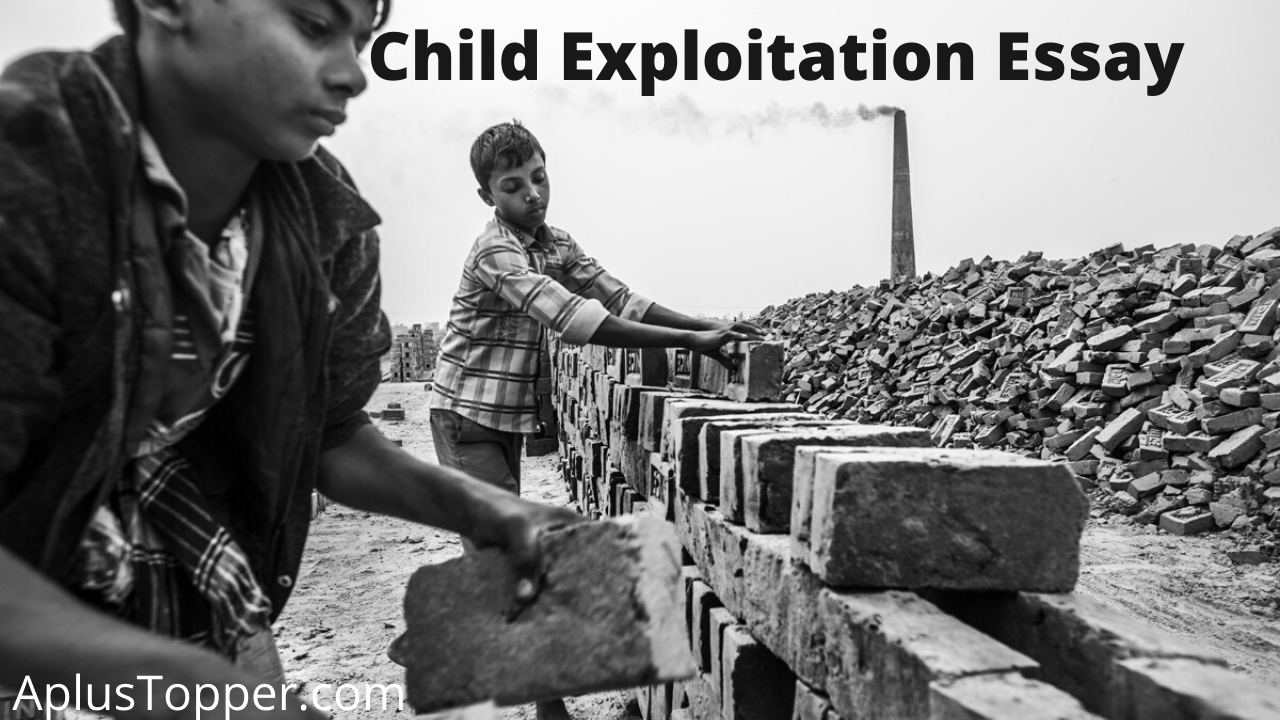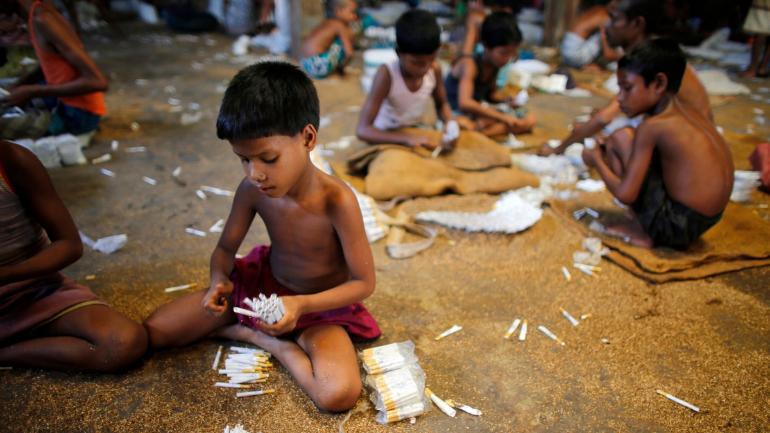Violence Against Women Essay: Women have always been the most vulnerable and oft-exploited section of the society in any age, time, place and society. In ancient times, due to the lack of opportunities and health facilities, low status of women became a vicious circle that needed to be broken to enhance the development of India. Since ages, women have been the victims of humiliation, torture, exploitation and violence.
You can read more Essay Writing about articles, events, people, sports, technology many more.
Long and Short Essays on Violence Against Women for Kids and Students in English
Given below are two essays in English for students and children about the topic of ‘Violence Against Women’ in both long and short form. The first essay is a long essay on the Violence Against Women of 400-500 words. This long essay about Violence Against Women is suitable for students of class 7, 8, 9 and 10, and also for competitive exam aspirants. The second essay is a short essay on Violence Against Women of 150-200 words. These are suitable for students and children in class 6 and below.
Long Essay on Violence Against Women 500 Words in English
Below we have given a long essay on Violence Against Women of 500 words is helpful for classes 7, 8, 9 and 10 and Competitive Exam Aspirants. This long essay on the topic is suitable for students of class 7 to class 10, and also for competitive exam aspirants.
Violence does not merely mean application of physical force, it can be mental, psychological and emotional as well. Violence in its broadest sense has been described as an act of a person, which encroaches upon the freedom of another. But with the passage of time, society is now awakening to its responsibility towards women. “She means the world” promoting empowerment of women may seem just one of the goal, but this aspect is crucial for the success of several other reforms.
Violence can be an overt threat or an overt application of force, which aims at harming or destroying a person or his reputation. Even the intent of causing harm and injury, to someone is considered as an act of violence. The other problems being bias in job, sexual harassment, domestic violence, marital discord which hamper the women’s development. Juxtaposed to this ‘Women Empowerment’ isthe need of the hour, which means increasing the power of women socially, economically and politically.
The enactment of appropriate laws to improve the status of women is today’s burning need. For it was said by Jawaharlal Nehru
“Yoy can tell the condition of a nation by looking at the status of its women.”
Violence against women can be categorised under three broad categories
(i) Criminal Violence as rape, abduction or murder (ii) Domestic Violence which includes dowry deaths, wife battering, sexual abuse, maltreatment of widows or elderly women and lastly (iii) Social Violence which includes forcing a wife or daughter-in-law to go for female foeticide, eve-teasing, refusing to give a share to women in property, forcing a woman to commit Sati, forcing her into marriage for business interests or family honour or harassing a woman for any other reason.
The Police Research Bureau, Delhi divides crime against women under two categories crimes under the Indian Penal Code and crimes under local and special laws. Under the Indian Penal Code (IPC), seven crimes such as rape, kidnapping, abduction, homicide for dowry, physical as well as mental torture, molestation and eve-teasing are covered. Forcing Sati, harassment for dowry, immoral trafficking and indecent representation of women fall under local and special laws.
In fact, it has been seen that women are abused and victimised mostly by men known to them. According to a recent survey, India is the fourth most dangerous place for women in the world, primarily due to a high number of female foeticide, infanticide and human trafficking cases. As per the UN Population Fund, up to 50 million girls were thought to be ‘missing’ from the country over the past century due to female infanticide and foeticide.
According to the National Crime Records Bureau (India) statistics on crime against women in India, a total of 2,44,270 incidents of crimes against women (both under IPC and other laws) were reported in the country during 2012 as compared to 2,28,650 in 2011. About 24,923 were the cases of rape alone, out of which offenders were known to the victims in as many as 24,470 (98.2%) cases.
The statistics are alarming and shocking. One must acknowledge that these are the reported cases. There are a host of other instances of violence, which go unreported due to fear of further violence, social stigma or even death. Violent crimes against women have been on an increase. It is ironical that in a land where goddesses are worshipped, the crime rate against women is so high.
Indian women who increasingly refused to be trapped in a bad situation and were shedding silent tears reflect the long overdue empowerment of women. Law is a tool , for women empowerment and their better representation, which is must for a social change. There are various examples to prove that the laws have made women eligible for different roles in the world affairs.
Today, Hindu women have options to walk out of a bad marriage rather than live , unhappily. Several provisions of ‘Hindu Marriage Act, 1955’ laid down provisions of divorce and empowered the women to say goodbye to their long sufferings. The Act has several provisions relating to registration of marriage, restitution of conjugal rights, judicial separation and various grounds of divorce.
Now, women can get a share in the ancestral property due to an amendment in ‘Hindu Succession Act, 1956’. There are other laws as well for strengthening the women power, such as ‘Hindu Adoption and Maintenance Act, 1956’. As per the ‘Muslim Shariyat Act, 1 937’, a Muslim woman can opt for divorce according to her will and can get maintenance in the form of ‘Mehar’.
Dowry is another stark reality. An ever increasing number of women in the urban areas are openly coming out against it. A new provision of free education for girls from primary to higher studies has been made for those girls who are single child of their parents. It aims to increase the literacy rate as well as sex ratio of girls. Also, with changing times, for empowerment of women, a number of laws have been amended and formulated such as the Immoral j Traffic (Prevention) Act, 1956; the Dowry Prohibition Act, 1961; the Indecent Representation of Women (Prohibition) Act, 1 986 the Commission of Sati , (Prevention) Act, 1987; Protection of Women from Domestic Violence, Act 2005 Hindu Succession Amendment Act, 2005 and the Prohibition of Sexual Harassment ’ of Women Bill, 2010. However, despite the existing laws much is left desired.
Short Essay on Violence Against Women 200 Words in English
Below we have given a short essay on Violence Against Women is for Classes 1, 2, 3, 4, 5, and 6. This short essay on the topic is suitable for students of class 6 and below.
Women Reservation Bill, which proposes to reserve 33% of the seats for women in , the Lower House of Parliament of India, Lok Sabha and State Legislative Assemblies is yet a pending bill. Though the laws are said to grant justice to the innocent, sadly it is not wholly true in many cases involving crime against women. Cases linger on for years and in many cases, due to political influence, criminals get away scot-free. Example being Jessica Lai murder case, wherein Jessica was shot dead by Manu Sharma in front of 300 guests.
However, Manu, the son of a wealthy politician, was acquitted by the court due to ‘lack of evidence!’ It was only after the public and media’s pressure that the case got reopened and the culprit was given life imprisonment. Delhi gang rape of December, 2012 became a turning point in the prolonged history of violence against women. In the aftermath of this crime, media has increased such reporting’s and has helped people to unite against a cause.
Nationwide protest has forced the judiciary to improve vigilance, speed up trials and reform laws. These are just some of the several incidents that the country watches every day where womenbe it a 3 year old girl or a senior citizenare the helpless victims.
Today, women always have to be on their guard be it in park, public transport, cinema hall, educational institute or work place. The condition of the rural women is even worse as in the absence of education and awareness, they are greater victims of the injustices meted out to them. The government ushered in the new millennium by declaring 2001 as the ‘Women Empowerment Year’. True, with economic independence women are making their mark in many areas like sports, literature, science, arts, journalism, politics and business world.
Economic independence has added to her confidence to march ahead and conquer the world, but the daily battles that she fights everyday on this journey are not only painful, but disgusting. It is only by creating awareness among women and society at large that the growing rate of violence against women can be stopped in all sections uniformly and India can actually become great, by Nehru’s standards.
Violence Against Women Essay Word Meanings for Simple Understanding
- Vicious circle – a situation in which one problem causes another problem, that then causes the first problem again, so that the whole process continues to be repeated
- Encroaches – advance gradually beyond usual or acceptable limits, to trespass
- Overt – done or shown openly, unconcealed
- Marital discord- disputes/fights related to marriage
- Abduction – kidnap
- Battering – rough treatment, beating, violence against somebody
- Molestation – to make indecent sexual advances, abuse sexually
- Trafficking – the action of dealing or trading in something illegal, to trade (human beings) for the purpose of exploitation
- Stigma – a mark of disgrace associated with a particular circumstance, shame
- Restitution – compensation, the restoration of property or rights,
- Conjugal rights – relating to marriage, marital rights
- Scot-free – without suffering any punishment or injury, get free of blame
- Acquitted – free (someone) from a criminal charge by a verdict of not guilty
- Vigilance – the action or state of keeping careful watch for possible danger or difficulties









